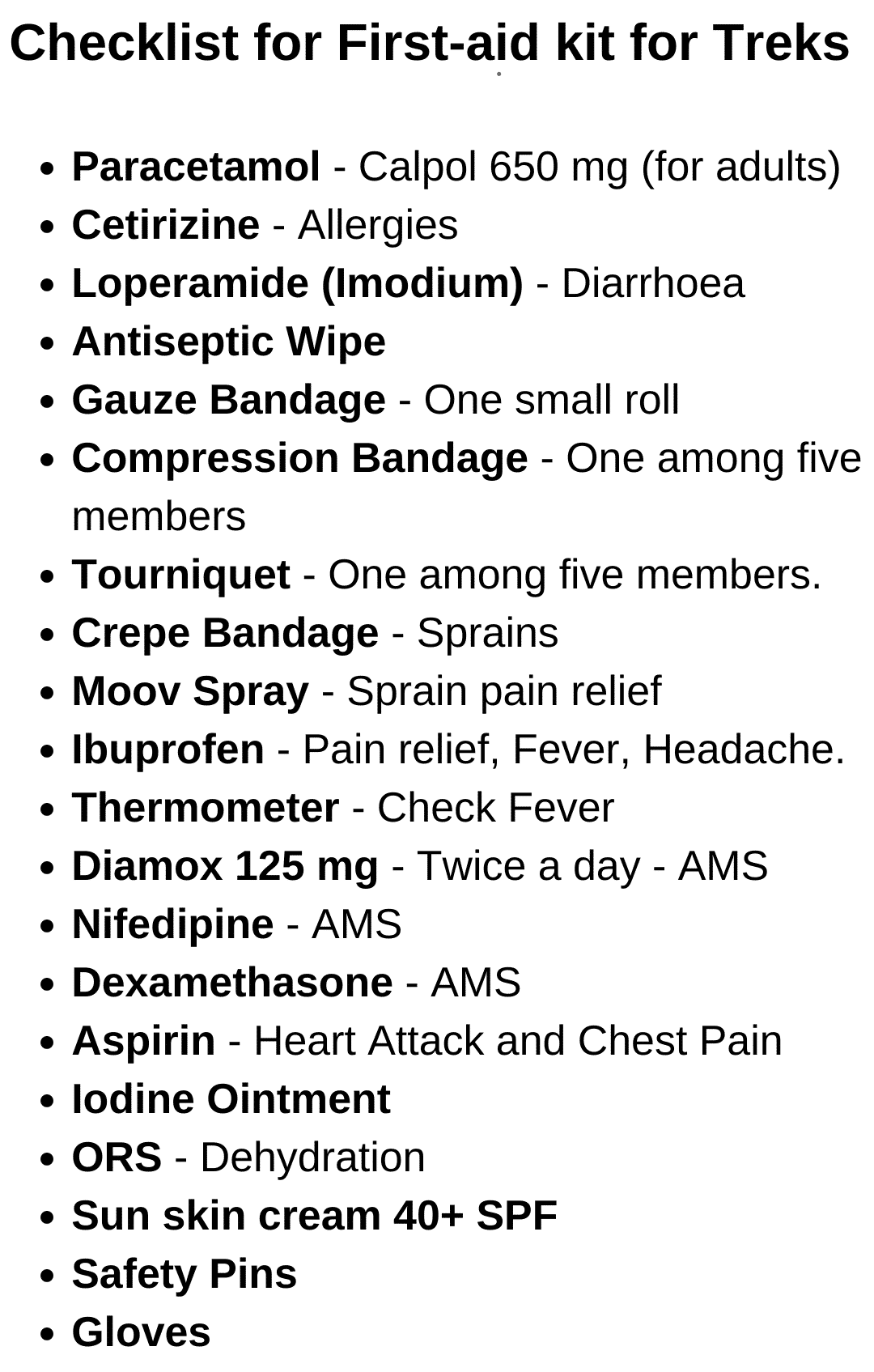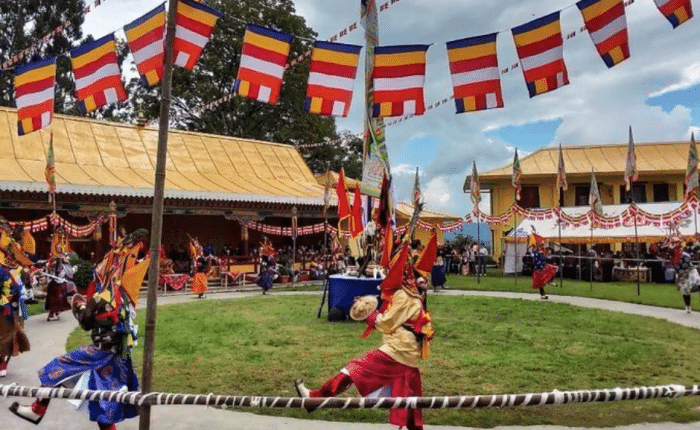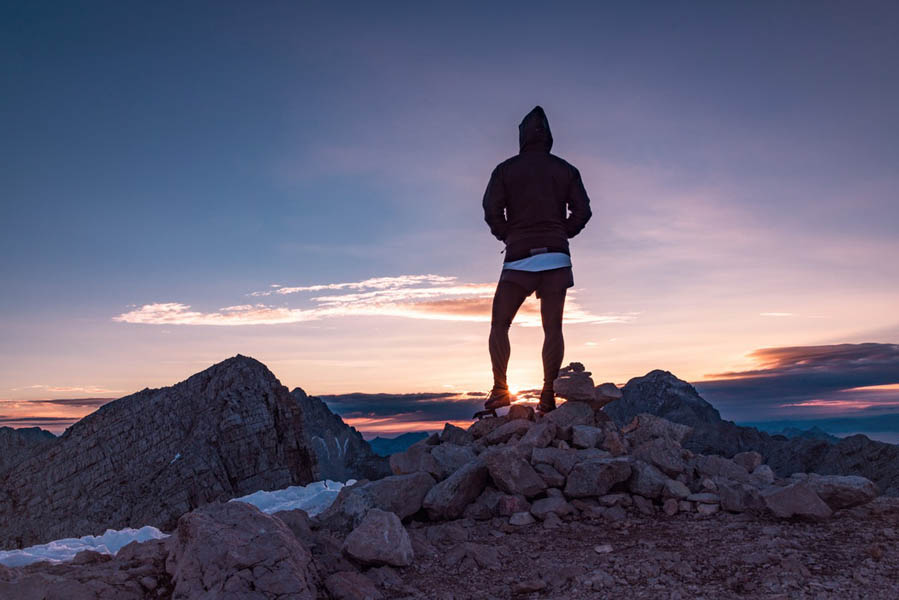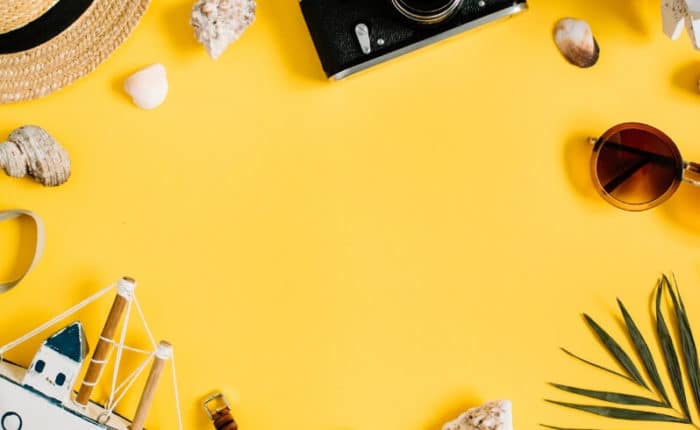Wild can get really Wild. When you land your foot at a high altitude, you are prepared to land into trouble. You may have muscle pain, past diseases that may worsen, external injuries, or normal fatigue. All pain suggests something is wrong with the normal functioning of the body. Any symptoms your body throw must be quickly brought under the radar. In the wild, first-aid can help you mitigate the risk and recover from injuries. Hence, we made a comprehensive list of essential items and medicines to keep in a first-aid kit for treks. Presenting to you the Best First Aid Kit for Hiking.
For external injury
Safety Pin: Uses of safety pins are innumerable. A safety pin helps secure torn clothes or tie up two pieces of clothes together.
Gloves: You ought to save your hands from direct contact with other fluids. You use gloves in all scenarios, like helping an injured trekker.
Pain Relief – antihistamines: Histamine’s role is to send signals to the brain for any damaged tissue or painful stimulus. Antihistamines are analgesics that are taken to suppress this pain. These are used to relieve symptoms of allergies. These are used for sore throat, runny nose, sneezing, eyes’ itching.
Some allergens that can cause such pain:
- Food
- Dust
- Pollen
- Mould
- Insect bites
- Certain medications
These two must find space in your first-aid kit for trekking:
- Benadryl (Diphenhydramine): For acute allergic reactions.
- Cetirizine: Non-drowsy relief from seasonal allergies.
Antiseptic Wipes: These are used to nullify the effects of foreign substances on the cut skin. These are not entirely liquid, which helps them not spill into your backpack.
Bandage: The four main types of bandages are gauze, compression, triangular and tube.
- A Gauze bandage is a softly woven cloth used to cover the cut part of the body to stop the blood.
- A Compression Bandage is a stretchable cloth used to apply gentle pressure on the affected area to relieve pain by slowing the blood flow; hence, reducing swelling and pain. This is helpful in sprain. Compression is a part of RICE (Rest, Ice, Compression and Elevation) therapy.
- A Triangular Bandage is a long cloth with many advantages, major advantages being supporting the sling arm, broken leg, injured eyes, fractured jaw or sprained leg.
- Tube Bandages are used to provide 360° compression to the affected area. It can be used in the wrist, elbows, arms, ankles, knees and thighs.
Iodine Ointment: This prevents skin infections and accentuates the healing process. This can be used in minor cuts, burns and blisters.
Benzoin Tincture: Benzoin is the sap (gum resin) that comes out of the trunk of trees from the Styrax family. This can be applied to the cut or wound directly to make it heal quickly. For its medicinal properties, it is mixed in alcohol to make a Benzoin tincture. Along with healing properties, it improves the adhesiveness of bandages and tapes, especially in wet conditions.
Eye Wash: It is used to wash off anything hazardous or irritating that might have entered your eye accidentally. Saltwater can be used if eyewash is not available.
Tourniquet – This reduces large blood vessels and prevents harmful external material from flowing in the whole body along with blood. This also slows blood down, helping lower blood loss in major cuts.
Muscle and Bone Injury
Triangular Bandage – As highlighted above.
Pain Relief Spray – Pain relievers work on the top layer of the skin. They quickly get absorbed in the skin and provide relief by dilating the blood vessels and bringing more blood to the affected part. This combination helps stiff muscles to work efficiently. It is used in pain and sprain in musculoskeletal joints.
Elastic & Crepe bandage offers heat, insulation, and support on strained muscles or joints.
Ibuprofen acts as pain relief; reduces fever and headache; for joint, muscle or bone injuries or excessive soreness.
Essentials:
- Paracetamol: For fever. An adult can take a maximum of four 650 mg tablets in a day.
- Thermometer: To check fever.
- ORS – To treat dehydration. At high altitudes, there is water loss from the body because of several reasons like you walk for several hours, your breathing is faster, dehydration increases because of the sun, etc. ORS helps in replacing salt and water when you have dehydration.
- Sun Skin Cream 40+ SPF: Always check if your sun skin cream is paraben-free.
AMS Related Problems
Acute Mountain sickness (AMS) and High Altitude Pulmonary Oedema (HAPE). These are typical causes of morbidity at high altitudes when a person is not properly acclimatised. It comes at a high altitude. High Altitude means more than 3000 m, and extreme high altitude is more than 5800 m.
Nothing related to mountain sickness should be overlooked. As soon as you identify symptoms, you should inform your trek leader. They will decide to either bring you down to an altitude that’s good for you or give you the necessary instructions and medication.
Symptoms
- A headache, which is usually throbbing. It gets worse during the night and when you wake up.
- Not feeling like eating.
- Feeling sick to your stomach. You may vomit.
- Feeling weak and tired. In severe cases, you do not have the energy to eat, dress, or do anything.
- Waking up during the night and not sleeping well.
- Feeling dizzy.
That’s all. This is one of the Best First Aid Kit for hiking. If you don’t have one, you must get it without delay. For any queries, write to us in the comments; we will answer all your questions.





Thanks for the blog.Nice to know about the Best First aid kit for hiking information.